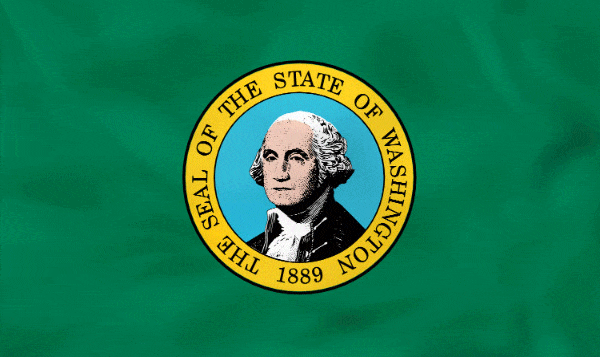 History As part of the vast Oregon Country, Washington territory was visited by Spanish, American, and British explorers—Bruno Heceta for Spain in 1775, the American Capt. Robert Gray in 1792, and Capt. George Vancouver for Britain in 1792–1794. Lewis and Clark explored the Columbia River region and coastal areas for the U.S. in 1805–1806. Rival American and British settlers and conflicting territorial claims threatened war in the early 1840s. However, in 1846 the Oregon Treaty set the boundary at the 49th parallel and war was averted. Washington is a leading lumber producer. Its rugged surface is rich in stands of Douglas fir, hemlock, ponderosa and white pine, spruce, larch, and cedar. The state holds first place in apples, lentils, dry edible peas, hops, pears, red raspberries, spearmint oil, and sweet cherries, and ranks high in apricots, asparagus, grapes, peppermint oil, and potatoes. Livestock and livestock products make important contributions to total farm revenue and the commercial fishing catch of salmon, halibut, and bottomfish makes a significant contribution to the state's economy. Manufacturing industries in Washington include aircraft and missiles, shipbuilding and other transportation equipment, lumber, food processing, metals and metal products, chemicals, and machinery. Washington has over 1,000 dams, including the Grand Coulee, built for a variety of purposes including irrigation, power, flood control, and water storage. Among the major points of interest: Mt. Rainier, Olympic, and North Cascades National Parks. Mount St. Helens, a peak in the Cascade Range, erupted in May 1980. Also of interest are Whitman Mission and Fort Vancouver National Historic Sites; and the Pacific Science Center and the Space Needle, in Seattle.
|
Read this profile of Washington to learn about the state's history, points of interest, and government. Also find interesting facts about each state, including the state's motto, symbols, and when it entered the union.




